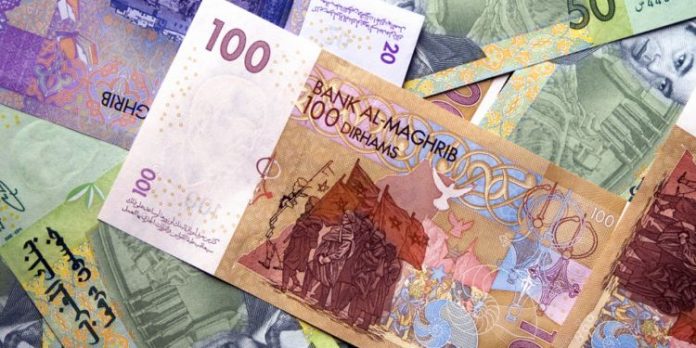The golden rule in Morocco that ordinary revenues do not finance the debt will not be respected in 2021, nor in 2020. Its return is possible in 2022-2023, judge analysts from Attijari Global Research .
For the first time since 2013, Morocco’s amending finance law envisages a deficit in its ordinary balance, in the order of 15 billion dirhams (1.39 billion euros), for 2020. This item roughly represents, administrative expenses, before depreciation and new investments.
“In the perspective of a near dissipation of the health crisis, and a resumption of economic growth in 2021, it is legitimate to wonder about the Treasury’s capacity to return to an ordinary surplus, a key indicator of a healthy situation for public finances ”, comments a note from Attijari Global Resaerch. Which concludes that a return to the pre-Covid situation is possible by 2022-2023, which will allow Morocco to resort to debt for investment purposes, and not to reimburse urgent expenses.
According to analysts’ review, Morocco’s tax revenue growth is only marginally fueled by economic growth or by broadening the base. Tax revenues increased by 2.7% per year, on average, between 2012 and 2109, compared to an average GDP growth of 3.3%. For their part, non-tax, irregular revenues support income; these are revenues from privatizations and revenues from monopolies.
In fact, this ordinary balance has mainly benefited, since 2014, from the reform of the compensation fund. This is why “this balance did not finally withstand a shock situation”. In this context, the recovery of the ordinary balance is more a matter of increased revenue rather than cost savings. Indeed, the expenditure structure offers little room for maneuver.
However, in recent years the ordinary balance has been positive. This requirement reflects the Treasury’s commitment to devote debt financing to investment and not to covering recurrent expenditure.
A scissors effect!
The health scale of the Covid-19 shock combined with the desire to put the health of the citizen at the center of concerns have had a considerable economic impact.
At the same time as the fall in GDP, the budget deficit would increase by almost 4 points (7.5% against 3.5%).
For its part, debt should register an unprecedented increase of 12.8 points to 78.2% of GDP in 2020. This increase should be compared to an average increase of 1.0 point during the period 2012-2019. Treasury requirements practically doubled in 2020, to 83 billion dirhams. At the origin of this “scissors effect”, a situation of ordinary balance deficit aggravated by a maintenance of the investment effort for a need for economic stimulus.
Assuming the gradual dissipation of the pandemic from the second quarter, 2021 should return to economic growth of 4.8%, provides for the finance law. Except that in terms of budget balance, the ordinary balance would remain in deficit of 10 billion. This discrepancy concerns analysts at Attijari Research.
The collateral damage from the Covid – 19 shock is not expected to fade anytime soon. Indeed, tax receipts, the main contributors to the Treasury’s revenues, should show a further decline in 2021. This is explained by the impact of unemployment on consumption, in particular, as well as by tax adjustments linked to the plans of support for the economy.
The current economic context calls for strong government participation to fuel growth. To this end, ordinary expenditure should increase by 4.0% in 2021 after 6.3% in 2020, against a cruising rate of + 0.5%.
“The recovery of the ordinary balance is more of an issue of raising revenues rather than cost savings,” say analysts. The savings, while relevant up to a certain point, diminish over time. For example, wages and interest on debt would be unlikely to fall: they account for more than two-thirds (68%) of recurrent expenditure in 2021, and would present little scope for savings in a context of shock.
Recovery actions!
Direct tax receipts constitute “a real work in progress for public finances”. Historically during the period (2012-2019), the growth of direct tax revenue has been slower than that of GDP. Conversely, they are very affected in times of shock, and should drop by 16 billion dirhams (-15%) in the space of two years.
In this context and beyond the improvement in the economy, the Treasury expects a return on stimulus actions, in particular tax amnesties, the creation of an investment fund of 15 billion and the tax incentives granted to new recruitments by companies. On the other hand, revenues should benefit from the resumption of international trade flows and from stable tariffs.
On the other hand, an economic recovery would contribute to an increase in monopoly revenues and present the conditions necessary for the relaunch of the privatization program. A factor favorable to non-tax revenues.
Attijari Global Research therefore considers that a return to equilibrium would be possible from the years 2022-2023. The recourse to the debt in Morocco would thus, once again, be exclusively dedicated to investment.































